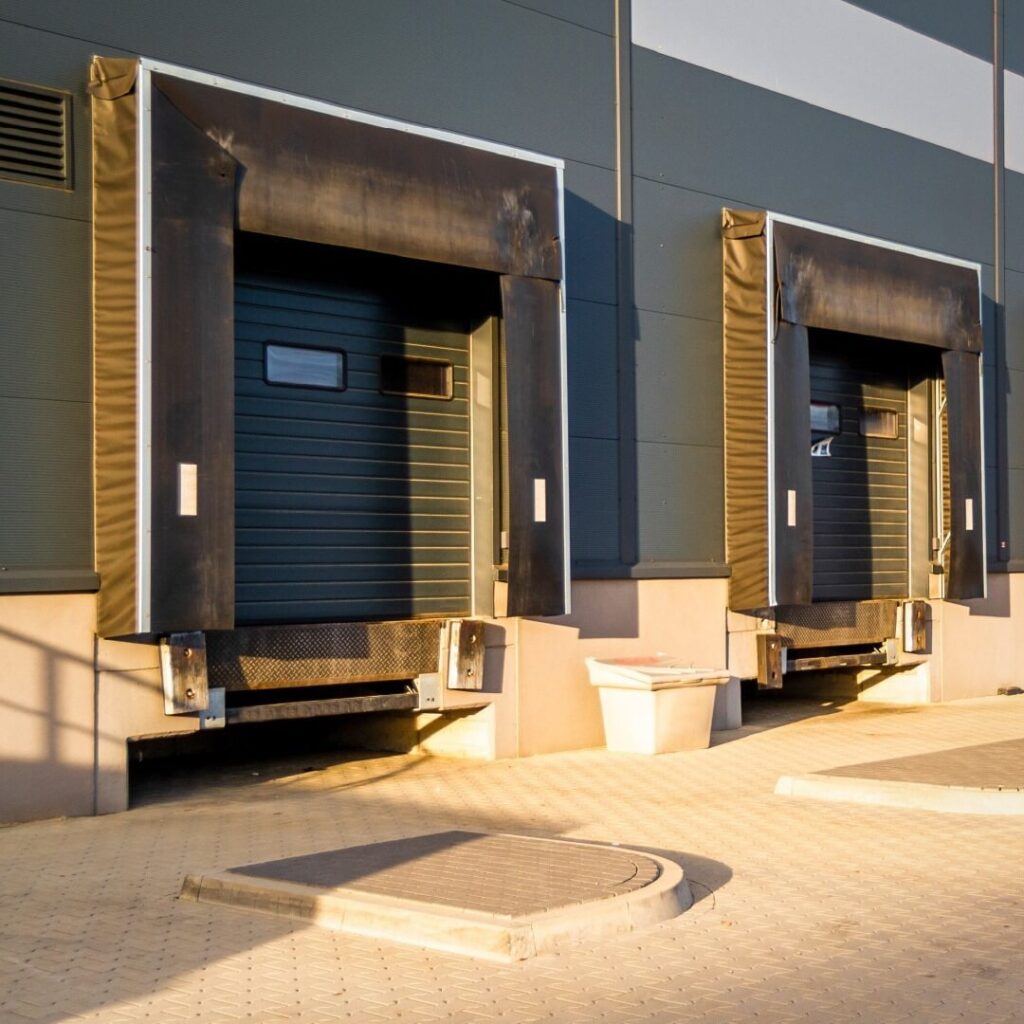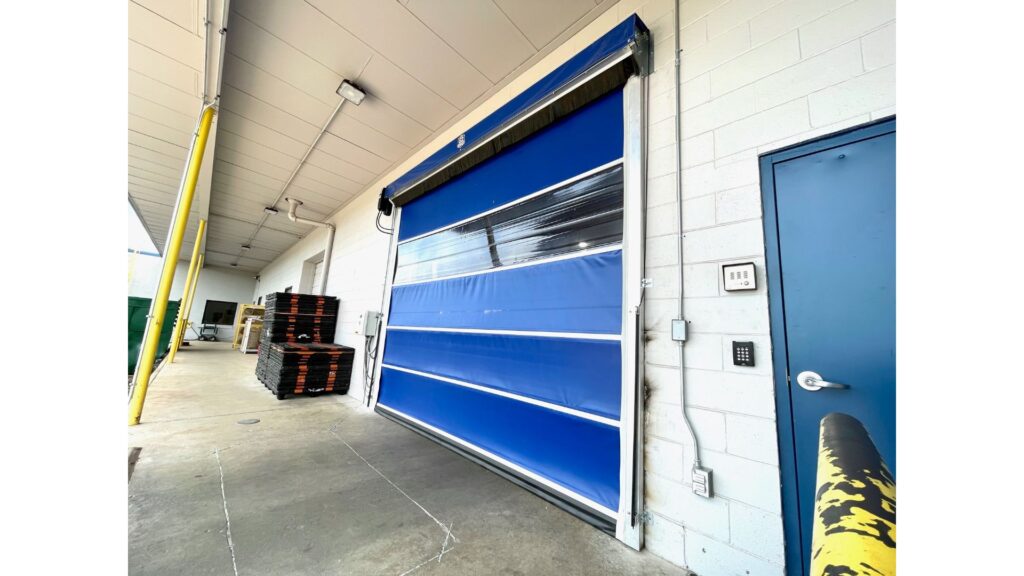A functioning loading dock is key to the efficient operation of any warehouse or shipping center. If you’re a warehouse manager or owner, you may want to learn more about how your loading docks work and the kinds of parts they have. In this blog post, we’ll give you a quick glossary of some of the most important loading dock parts, explaining what they are and how they work so that you can become more familiar with loading docks! By learning more about loading dock basics, you can better understand this crucial part of warehouses and shipping.
Loading Dock Parts: A System that Enhances Safety, Efficiency, and Functionality
Loading docks are often a vital hub for the transfer of goods between trucks and warehouses. To streamline operations and optimize productivity, loading docks are equipped with various parts that improve their safety, efficiency, and functionality.
As shipping has become more and more prevalent in many industries, loading docks have evolved alongside it. When transporting goods by vehicle started to become more popular, new parts and features like dock levelers and vehicle auto-chocking systems were developed to make loading docks safer for employees and the goods being transported. Now, improved loading docks have made the shipping process more efficient than ever. Let’s get into some of the most important parts of loading docks.
Loading Dock Seals: Creating a Barrier
Dock seals are installed around the perimeter of the loading dock door. They create an airtight seal when a trailer backs into the dock, preventing the loss of conditioned air in the warehouse and keeping dust, debris, and pests out of trailers. Proper dock seals contribute to energy efficiency in the warehouse, protect goods being shipped from external elements, and provide a more comfortable work environment for employees.
Dock Bumpers: Protecting Trucks and Your Warehouse from Impact
Dock bumpers are designed to absorb the impact on the building caused by trucks backing into the loading dock. They act as a protective barrier, preventing damage to the dock and the trailer during the loading and unloading process. Dock bumpers are typically made of durable materials such as rubber or similar materials and are available in a variety of sizes and configurations to accommodate different docks and trailers.
Truck Locks/Trailer Restraints: Keeping the Truck Secure
Truck locks, also known as trailer restraints, are mechanisms used to secure the trailer to the loading dock. They prevent accidental separation between the truck and the dock during loading and unloading. Truck locks are essential for keeping workers safe and preventing accidents from trailer movement.
Restraint Systems: Ensuring Stability and Safety
Restraint systems work in conjunction with truck locks to keep trucks stable during loading and unloading. They use various mechanisms, such as wheel-based restraints or hook and barrier systems, to secure the trailer in place. Restraint systems are designed to withstand the forces generated by shifting cargo or trailer movement, which minimizes the risk of accidents or injuries.
Dock Levelers: Bridging the Gap
Dock levelers close the gap between the loading dock and the trailer, providing a smooth transition for forklifts and other cargo handling equipment as well as employees. They compensate for any height difference between the trailer floor and the loading dock floor. Dock levelers come in various types, including mechanical, hydraulic, and air-powered, each offering different benefits and features based on specific requirements.
Overhead Doors: Controlling Access and Insulation
Overhead doors are an important part of loading docks, as they contribute to loading dock access and building insulation. There are many types of overhead doors, but overhead doors for loading docks are specifically designed to provide secure access, proper insulation, and protection from the elements when the loading dock is not in use. They come in a variety of configurations, such as sectional, rolling steel, or high-speed, catering to specific needs.
Loading Dock Parts: FAQs
Here are some common questions about loading docks and their answers.
How Often Should Loading Dock Parts Be Inspected?
Loading dock parts should be inspected regularly, ideally on a monthly basis. This depends on how often the parts are being used and the conditions in which they operate. Inspections can help you identify signs of damage or wear and tear that may affect their performance.
Can Loading Dock Parts Be Customized?
Yes, loading dock parts can be customized to fit specific needs and requirements. Manufacturers offer a range of options and configurations to cater to different setups and operational needs. A professional commercial door company can walk you through navigating your options and help you choose the right parts for your business.
Are There Any Safety Regulations for Loading Docks and Their Parts?
Yes, there are safety guidelines and regulations in place to ensure safe operations at loading docks. It’s important to comply with these regulations to ensure your loading dock is safe and properly constructed. A professional commercial door company can help you better understand and comply with these regulations.
How Long Do Loading Dock Parts Typically Last?
Different parts of different quality can vary greatly in their lifespan. Other factors such as frequency of use, maintenance, and environmental conditions also affect how long your parts will last. Regular maintenance, timely replacements, and prompt repairs help your loading dock parts last as long as possible.
Can Loading Dock Parks Improve Energy Efficiency in My Building?
Yes, some loading dock parts such as seals and insulated doors can contribute towards improved energy efficiency. Some parts are designed to minimize air leakage and temperature loss.
Conclusion
Understanding the various parts of a loading dock and their functions can help you keep your loading docks in good condition and spot issues early on. Each component plays an important role in keeping your warehouse efficient and your employees safe. Investing in high-quality loading dock parts and regularly inspecting them is key to optimizing operations and minimizing downtime.
If you are looking to get loading dock equipment installed or repaired on your building, look no further than Commercial Door. We repair and install all types of commercial doors and dock equipment in Oklahoma City, Norman, Tulsa, and surrounding areas. Give us a call today for a free estimate. We can answer any questions you may have, so reach out on our contact page or give us a call. See our other services, and read more about commercial doors on our blog.





